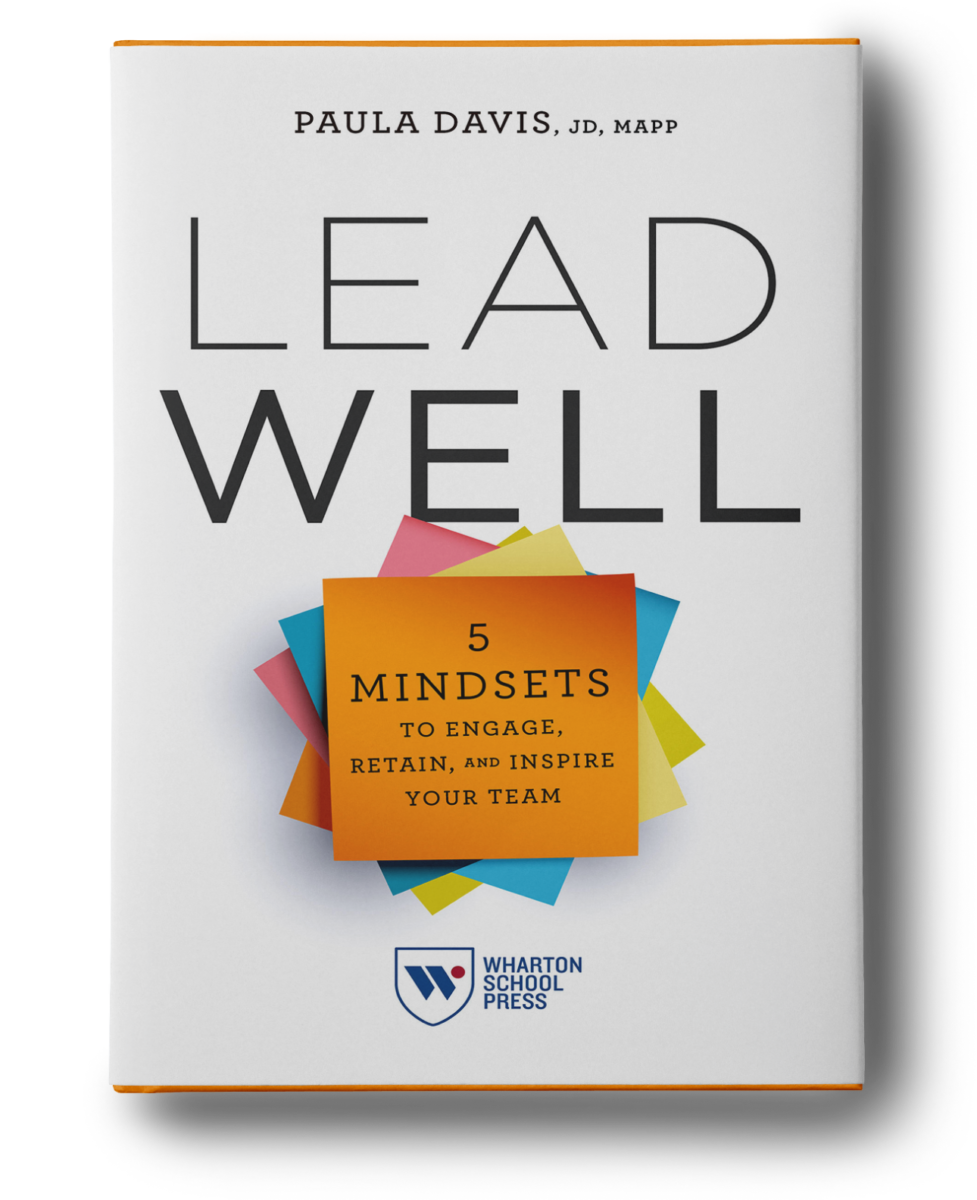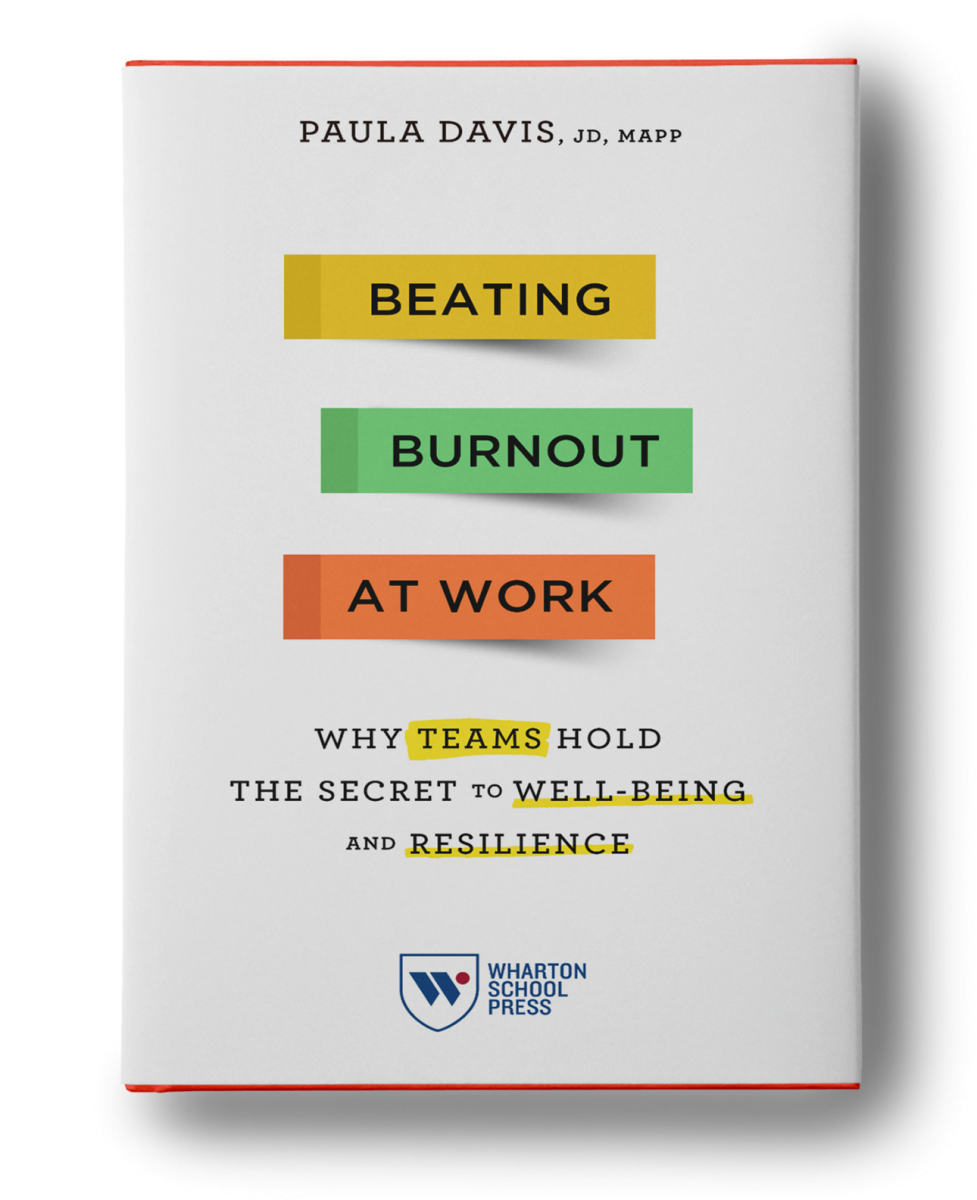The why is so important because it evokes emotion and connection in a potential customer, constituent, or employee, which in turn inspires them to buy your product or follow your message.
For the past handful of years, I’ve been able to “feel” my why, but it’s been very difficult to translate that deep feeling into words. It’s a powerful feeling, and I know whenever I tap into it because I want more. I spent over an hour scribbling notes on a sheet of paper, getting increasingly more frustrated. Out of nowhere, my husband verbalized the feeling. He said, “It’s hope. You give people hope.”
Bingo! Whether I’m leading a resilience training or coaching a client around preventing burnout, what I’m ultimately doing is letting them know there’s hope. Meaning at work is important because it gives people the why behind what they do. Many employees rarely get to see the fruits of their hard work because they aren’t directly connected to the people impacted by their work.
Companies who place enough emphasis on “end user” connection see some amazing results:
** Dr. Adam Grant and colleagues worked with call center employees at the University of Michigan. They had the fun task of cold calling alums to ask for money. One of the groups in his study actually got to meet a scholarship recipient and talk to him first hand. The scholarship recipient talked about how much the scholarship had changed his life, and he thanked the folks in the call center for their hard work. Once the call center workers realized how their work had an impact, they became motivated to work harder; in fact, their weekly revenue increased 400% (Grant et al., 2007)!**
When a patient’s photo was included in the file received by radiologists, they wrote 29% longer reports and made 46% more accurate diagnoses (Turner, Hadas-Halperin, & Raveh, 2008)
** When nurses assembling surgical kits met the health-care practitioners who would use their kits, the nurses worked 64% more minutes and made 15% fewer errors than those nurses who did not meet the “end user” (Belle, 2013).
Meaning matters in other ways as well. People who believe that their lives have meaning and purpose share a whole host of healthy benefits: they are happier, feel more in control over their lives, feel more engaged at work (and high engagement usually means less burnout), report less depression and anxiety and less workaholism (Steger, 2009).
There are concrete steps you can take to make your work more meaningful – here are three such strategies (Dik, Byrne, & Steger, 2013):
Prioritize respect and trust. Trust is built and maintained with these four traits developed by my colleague Gretchen Pisano: (1) common ground (we have similar values and objectives); (2) predictability (I can predict your behavior); (3) consideration (you will take my needs into consideration before you act); and (4) forewarning (you will tell me before you act in a way that is not in my interests). If leaders can’t build trust with their followers, they will find it difficult to retain talent.
Incorporate more autonomy. Workers who have autonomy feel empowered and have a sense of control over their time and daily work-related choices. Having an autonomy-supportive supervisor or manager is strongly tied to well-being, while working with a manager with a more controlling style is predictably de-motivating (Krieger & Sheldon, 2014).
Have a clear idea of how the organization functions and your place within it. Meaningful work is fostered when employees understand how their strengths, interests and abilities help them do their work well and support the organization’s mission. In turn, the organization should understand how it makes a positive difference in the larger community and beyond. So, why do you do what you do? Great leaders lead with meaning and the best workplaces ensure meaning is front and center in their culture. When people feel like they are engaging in work that is personally meaningful, both employees and businesses succeed.
Paula Davis, JD, MAPP, is a burnout prevention and resilience expert who helps companies and busy professionals prevent burnout and build resilience to stress and change.
Please click here to order my new book, Beating Burnout at Work: Why Teams Hold the Secret to Well-Being and Resilience.
References
Belle, N. (2013). Experimental evidence on relationship between public service motivation and job performance. Public Administration Review, 73(1), 143-153. See also, How to Be a Positive Leader, Jane E. Dutton and Gretchen M. Spreitzer (Eds). San Francisco, CA: Berrett-Koehler Publishers, Inc.
Dik, B.J., Byrne, Z.S., & Steger, M.F. (2013). Toward an integrative science and practice of meaningful work. In Bryan J. Dik, Zinta S. Byrne, & Michael F. Steger (Eds.), Purpose and Meaning in the Workplace (pp. 3-14). Washington, DC: American Psychological Association.
Grant, A.M., et al. (2007). Impact and the art of motivation maintenance: The effects of contact with beneficiaries on persistence behavior. Organizational Behavior and Human Decision Processes, 103(1), 53-67. See also, How to Be a Positive Leader, Jane E. Dutton and Gretchen M. Spreitzer (Eds). San Francisco, CA: Berrett-Koehler Publishers, Inc.
Krieger, L.S., & Sheldon, K.M. (2014). What makes lawyers happy? Transcending the anecdotes with data from 6200 lawyers. FSU College of Law, Public Law Research Paper No. 667. Available at SSRN http://papers.ssrn.com/sol3/papers.cfm?abstract_id=2398989
Steger, M.F. (2009). Meaning in life. In Shane J. Lopez & C.R. Snyder (Eds.), Handbook of positive psychology 2nd Ed. (pp. 679-687). New York: Oxford University Press.
Turner, Y.N., Hadas-Halperin, I., & Raveh, D. (2008). Patient Photos Spur Radiologist Empathy and Eye for Detail. Paper presented at the annual meeting of the Radiological Society of North America, Chicago, IL. See also, How to Be a Positive Leader, Jane E. Dutton and Gretchen M. Spreitzer (Eds). San Francisco, CA: Berrett-Koehler Publishers, Inc.]]>







